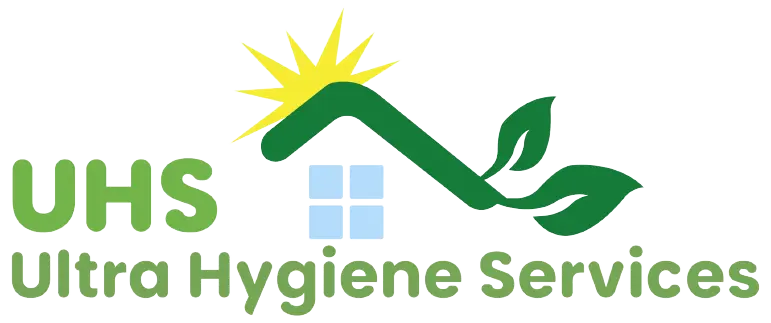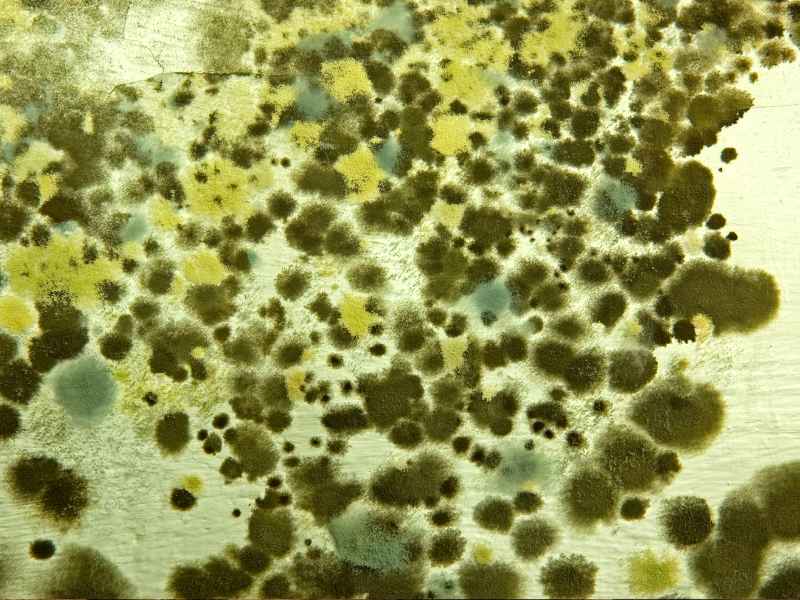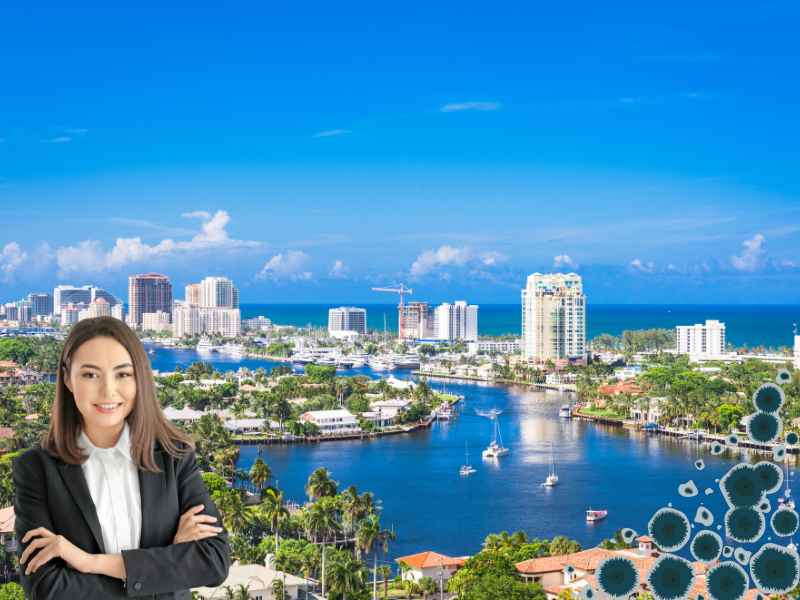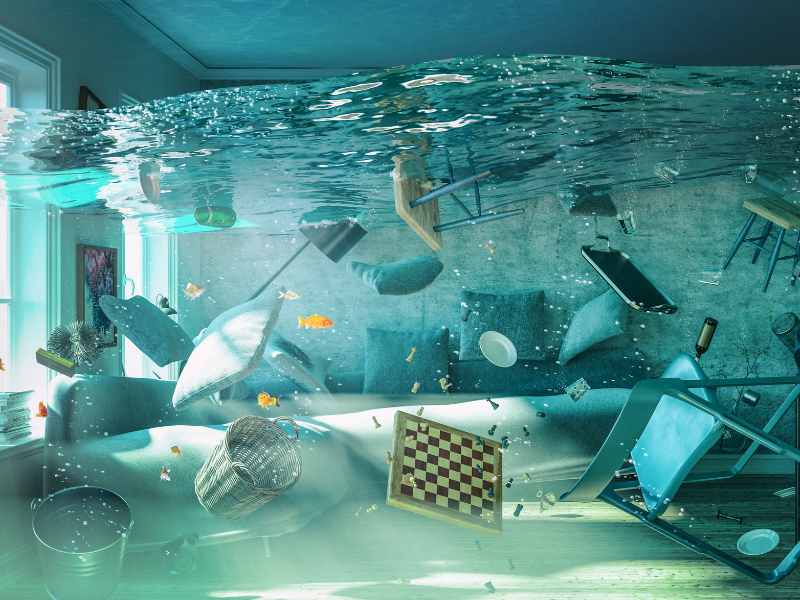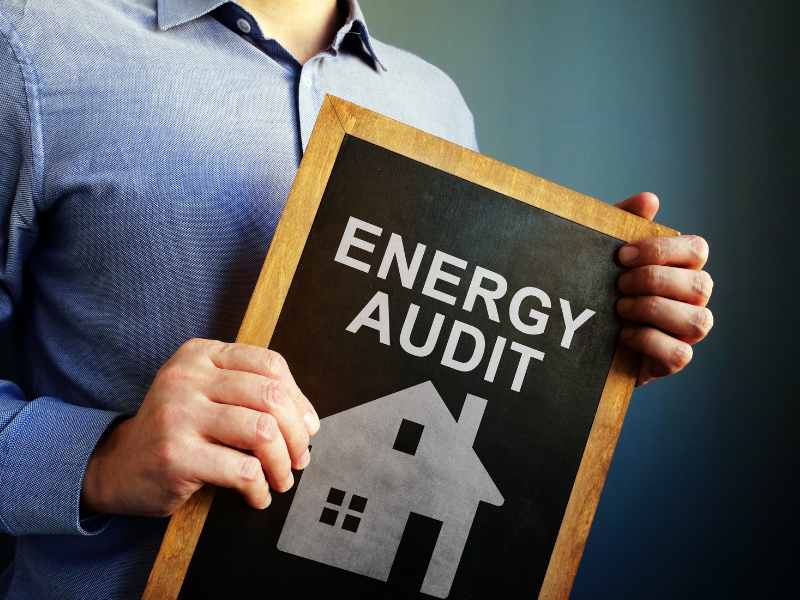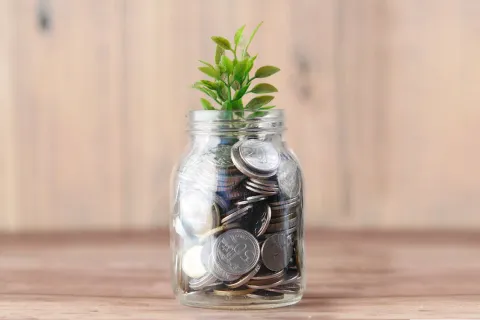We offer Mold Remediation Process in South Florida
“A recent survey has found that many Broward County residents are dealing with a mold problem after months of rain and flooding. In regions like Fort Lauderdale, Florida, where above-normal rain conditions can contribute to mold growth, it’s crucial to address potential issues proactively.”
Many residents are dealing with a mold problem. In locations with high humidity and frequent rainfall, like Florida, it becomes even more imperative for residents to take preventive measures and consider professional mold remediation to address the challenges of mold growth.
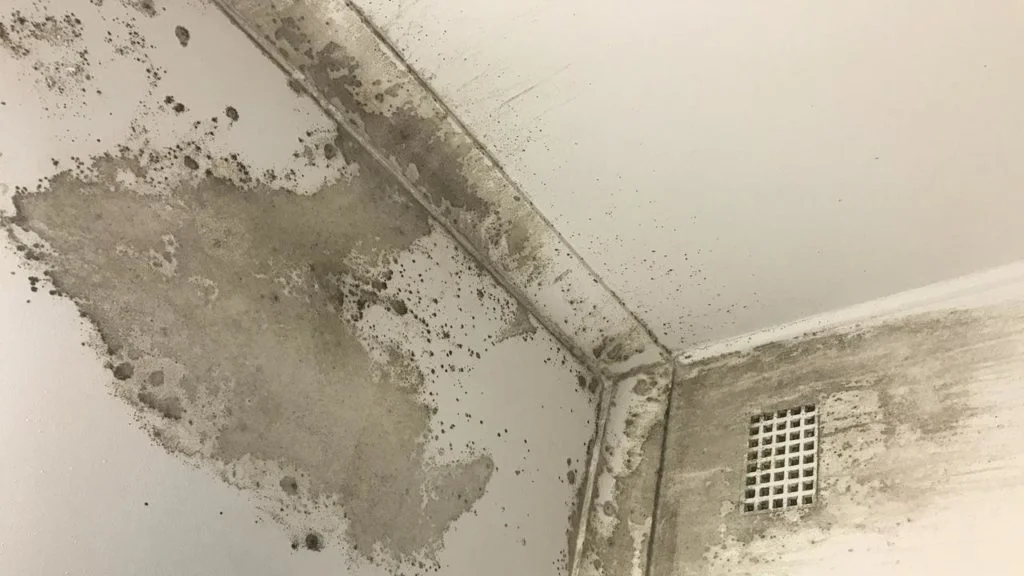
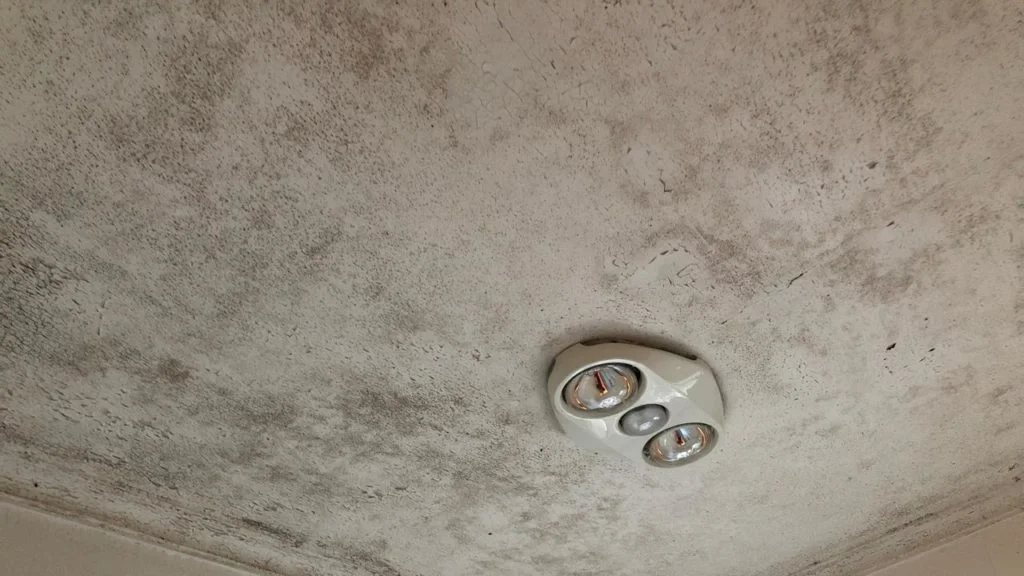
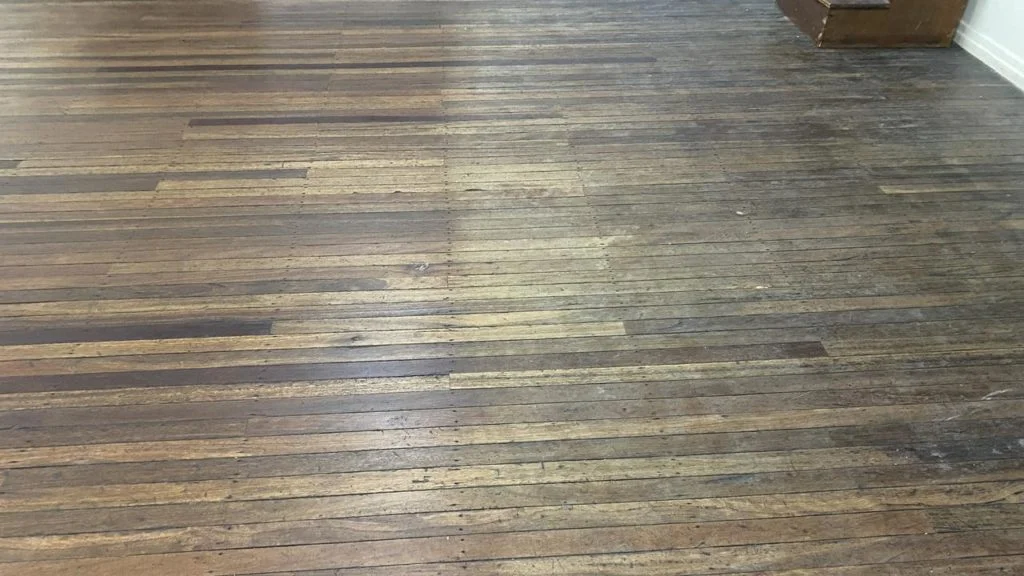
“Many people would have mold and be completely unaware – it can be invisible or hidden on the underside of furniture or in areas they don’t normally look.”
“If you’re a renter, your landlord must ensure the property is ‘fit for habitation,’ including adequate ventilation. Regular inspections and prompt attention to any leaks or water issues can help prevent the need for mold remediation services.”
According to buyer agents, mold can grow from a range of sources, such as drips, leaks, areas of pooling water, or moisture on the walls. Addressing these issues promptly is essential to avoid potential health risks and property damage. In locations where weather conditions may contribute to mold growth, proactively considering mold remediation services is crucial for maintaining a healthy living environment and property integrity.
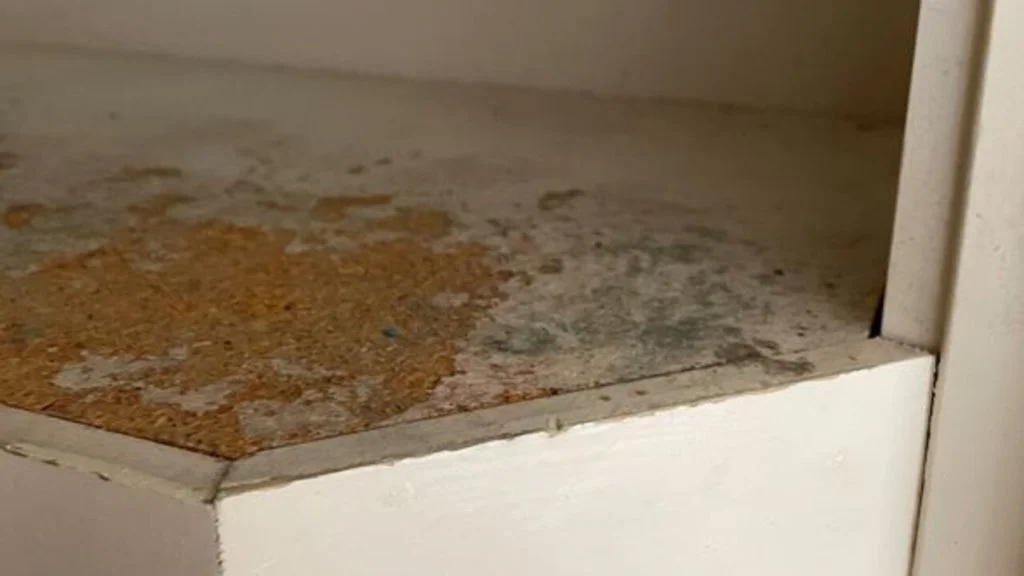
While the property you’re considering might not pose problems during a storm, the local area could present additional challenges. Heavy rains in Fort Lauderdale, Florida, can lead to flooding and block streets, airports, and ports, causing logistic nightmares. This can significantly impact your daily commute or ability to drive during rainy weather.
While assessing a property and its surrounding suburb during a wet weekend is a good start, it’s crucial to consider the property’s future. As climate change progresses, the weather will become more extreme, increasing the vulnerability of properties to flooding or water damage. In such scenarios, it’s vital to anticipate challenges like mold growth. Ensure access to reliable mold remediation services, especially in areas like South Florida, where weather conditions may intensify these concerns. Additional resources: CDC.gov
Mold prevention might not work, so below are limited tips for a small affected area.
- Safety precautions: Before you begin, wear protective gloves, goggles, and a face mask to avoid direct contact with the mold and minimize inhalation of spores.
- Ventilation: Open windows or use fans to ensure proper air circulation in your cleaning area. This helps prevent the spread of mold spores and improves overall ventilation.
- Remove visible mold: Use a microfibre cloth, stiff-bristle brush, scrubbing pad, or non-chlorine-based chemicals and water to physically remove as much mold as possible from the affected surface. Dispose of any cleaning materials or items heavily contaminated with mold.
- Vinegar solution: Mix white vinegar and water in equal parts in a spray bottle. Vinegar is effective at killing most types of mold. Spray the solution onto the cloth, then wipe the moldy area and let it sit for at least an hour to penetrate the mold.
- Scrub the area: Use a scrub brush or sponge to scrub the moldy surface vigorously. Apply additional vinegar solution as needed. Rinse the area with water and dry it with a clean cloth or towel.
- Baking soda paste: To remove stubborn mold or prevent its recurrence, create a paste by mixing baking soda with a small amount of water. Apply the paste to the affected area and scrub gently with a brush. Rinse with water and wipe dry.
- Preventative measures: After cleaning, address the underlying cause of mold growth, such as moisture issues, improving ventilation, or fixing leaks. Keep the area decluttered and well-ventilated and monitor it regularly to prevent future mold growth. It’s important to note that while natural remedies can be effective for small-scale mold problems, extensive or persistent mold infestations may require professional assistance. Additionally, if you have a mold allergy or sensitivity, it’s advisable to let someone else handle the cleaning or wear proper protective equipment. MoldSafe do not recommend using bleach-based products.
-
Inadequate for mold spores: Mold consists of both visible growth and microscopic spores. Bleach is ineffective in killing mold spores, as their protective coatings allow them to survive harsh conditions. When bleach is used, it will discolor the mold
, but the spores will remain and grow back.
- Toxic fumes and risks: Bleach releases strong, irritating, and harmful fumes, especially in poorly ventilated areas. When mixed with other common household cleaners (such as ammonia or vinegar), it can produce toxic gases. Additionally, accidental bleach spills or contact with skin or eyes can cause harm.
- Surface damage: Bleach is a harsh chemical that can damage or discolor certain materials, such as fabrics, carpets, wood finishes, and painted surfaces. Over time, it may weaken or degrade the surface, leading to further problems.
- Limited long-term prevention: Bleach does not provide long-term prevention of mold growth. It does not address the underlying cause of mold, such as moisture or humidity issues. Without addressing the root cause, the mold will likely reappear even after using bleach.
-
Remember: if you have a severe or extensive mold problem, you should seek professional assistance for proper remediation.
